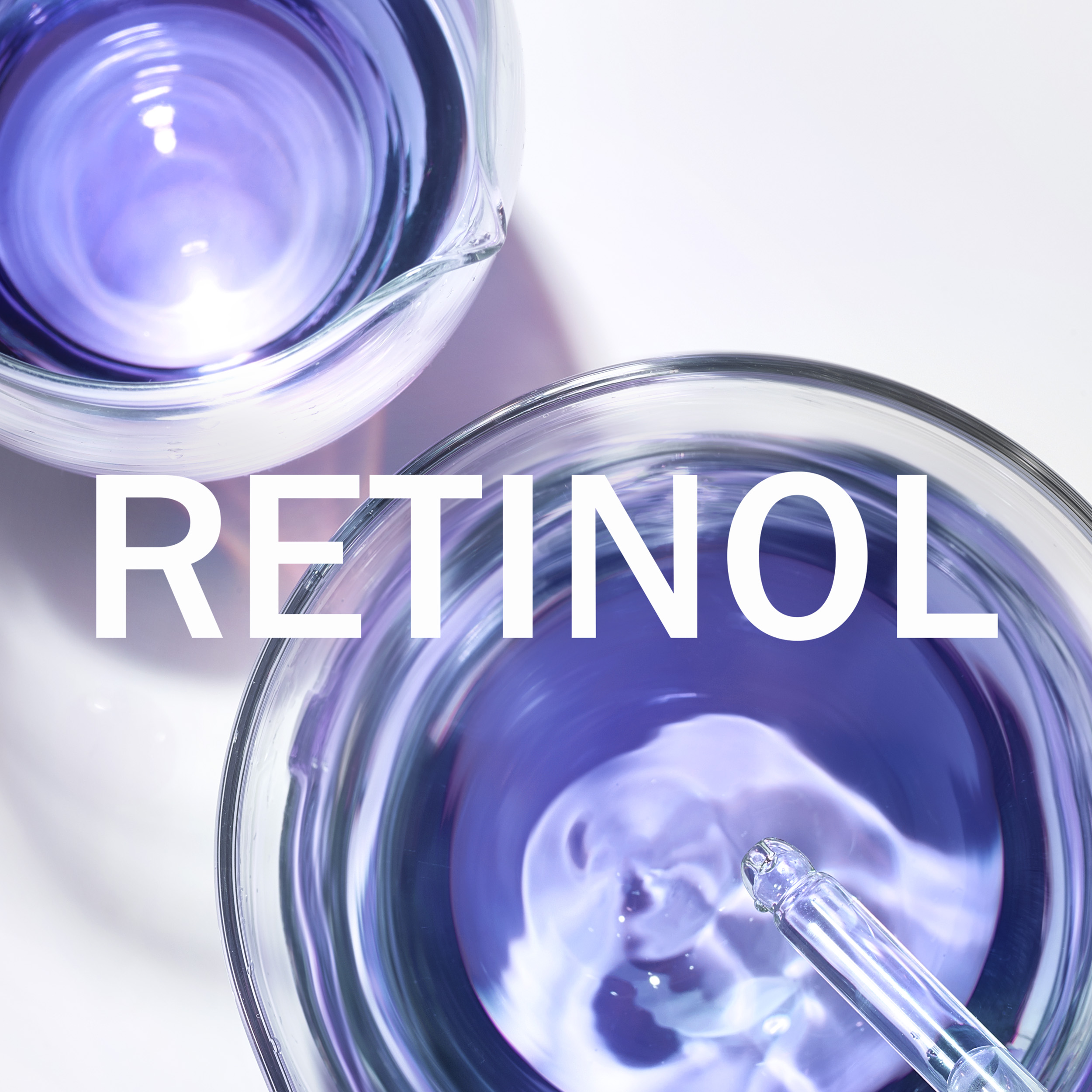
Photoaging. It sounds like the name of the newest Instagram filter, right? Unfortunately, photoaging doesn’t make us look better in photos. In fact, it does quite the opposite.
Photoaging is the premature aging of your skin that occurs as a result of repeated exposure to ultraviolet radiation (UV rays). The sun hits us with these harmful UV rays naturally, but the artificial UV rays from tanning beds are just as damaging.
So, does anti-aging cream help reduce the appearance of wrinkles and age spots on your face that are caused by photoaging? To answer that question, let’s delve deeper into what causes these types of wrinkles, shall we?
### Photoaging vs. Chronological Aging
The two main types of skin aging are photoaging and chronological aging.
Chronological aging is the natural aging process our skin goes through as we get older. Chronological aging is also known as intrinsic aging because it comes from within our genes. We cannot control when our skin will start to show signs of chronological aging.
On the contrary, photoaging is a type of extrinsic aging because it is caused by factors external to the body, predominantly sun exposure. The good news? We CAN have some control over extrinsic aging, (yay!)
### How UVA and UVB Rays Affect Your Skin
Think back to your science class in high school. Do you remember your teacher telling you about two different types of ultraviolet rays: UVA and UVB? UVB rays have a shorter wavelength, and UVA rays have a longer wavelength. This is an important distinction that will play a role in a minute. (See? Your teacher was right … that info you learned in high school did come in handy later in life.)
Now your skin is made up of three layers: the epidermis (outermost), the dermis (middle), and the subcutis (innermost). (It was probably at this point during your science class that your teacher made a joke about your epidermis showing - it’s the timeless dad joke of the science department.)
When you're out in the sun, the shorter UVB rays can only penetrate to the epidermal layer of your skin and cause damage, namely sunburn. While painful, this isn’t nearly as damaging to your younger looking skin as the longer wavelengths of the UVA rays.
UVA rays penetrate through to the middle dermis layer of your skin, destroying collagen. With extended and continuous exposure to these UV rays, collagen gets degraded enough that it no longer rebuilds skin correctly, resulting in forehead wrinkles, under eye wrinkles, age spots and so on.
### What the Best Anti-Aging Cream Should Have
So now that you understand what photoaging is and how the sun’s UV rays negatively affect and age your skin, it’s time to return to the main question: does anti-aging cream help with photoaging?
The short answer is yes. The cautionary aside that goes along with that answer: some anti-aging products, creams and moisturizers work better than others to reduce the signs of aging.
The best wrinkle creams contain:
- Amino Peptides
- These are chains of amino acids that are the building blocks of your skin cells. They help support collagen levels to reveal younger looking skin.
- Niacinamide (B3)
- Recommended by dermatologists, this super ingredient improves skin texture, reduces the look of age spots and wrinkles, and encourages surface skin renewal for gorgeous skin rejuvenation.
- Broad Spectrum SPF
- Regular SPF doesn’t protect you from the harmful, deep penetrating UVA rays. Look for an anti-aging wrinkle cream that has broad spectrum SPF to prevent more photoaging from occurring.
Or in other words, even though you can’t slow down the effects of Father Time, you can still work to slow down the effects of Mother Nature.
000756091920431|00075609196393|00075609198137


